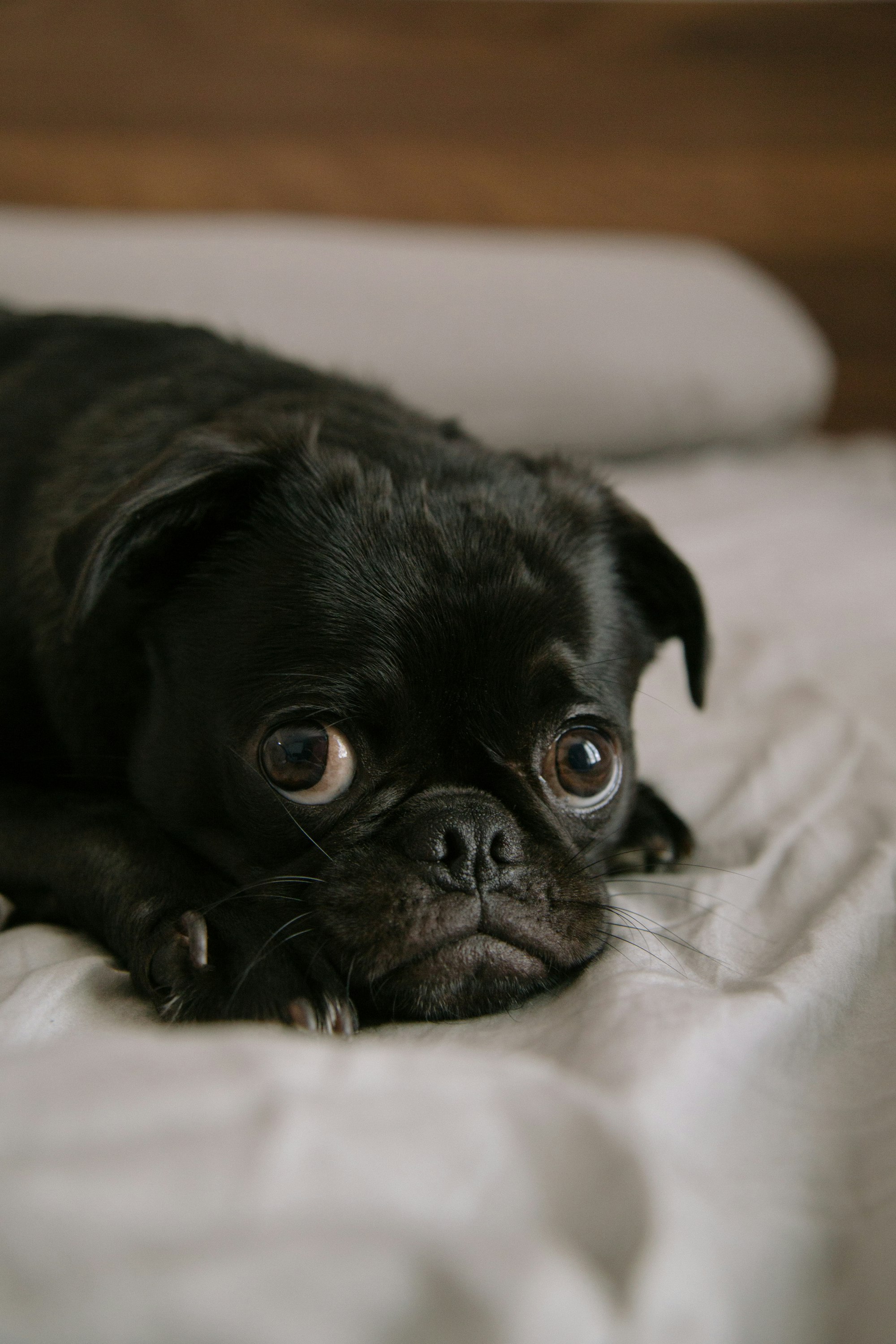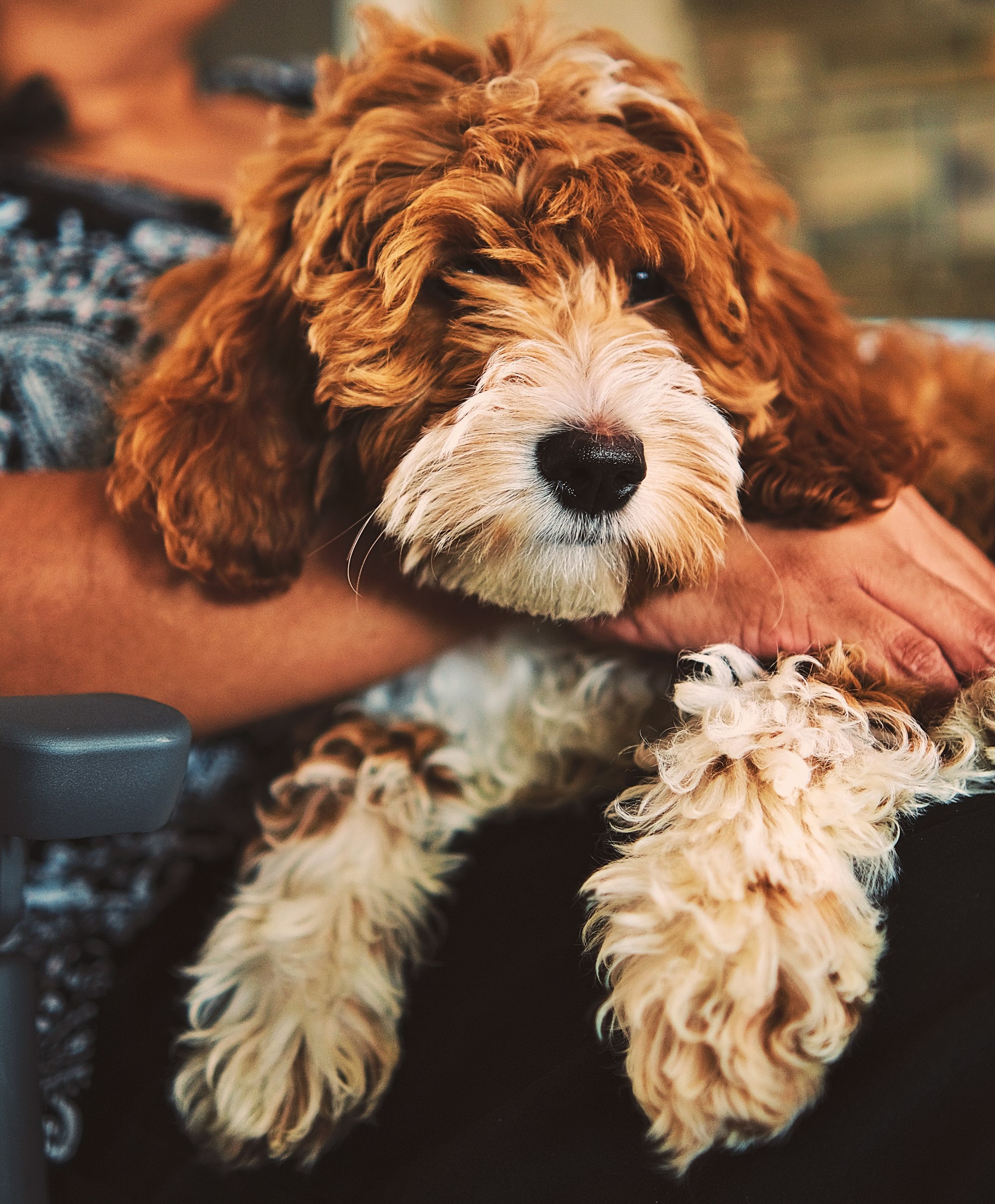Every dog owner has been there. After an exhilarating run or a trip to the dog park, your furry friend is bouncing off the walls, tail wagging like mad, and refusing to settle down. Yes, you wanted them to burn off energy, but now what? It's like the energy has doubled! This is where "The Ultimate Guide: How to Calm Your Dog Down After Exercise" comes into play.

Why Do Dogs Get Hyper After Exercise?
Firstly, let’s delve into the doggy mind. Why is your pup so amped up, especially after spending an hour chasing the ball? Well, it's not unlike how we might feel after a rigorous gym session or a long run. Endorphins kick in, our blood is pumping, and there's a euphoric feeling that takes a bit to come down from. For dogs, this sensation is amplified. They don’t just exercise their bodies but their minds, noses, and social skills too.
Think about the norwegian elkhound, known for its endurance and energy. After a hunt or a chase, they’re naturally filled with a sense of accomplishment and excitement. Same goes for our everyday pups playing fetch.
The Cool-Down Routine
Just as you would cool down after a spin class or a hike, dogs need this too. A gradual transition from high-energy activity to rest is crucial. Start by taking a 10-minute gentle walk post their main exercise. This helps in two ways: it allows them to process all the sensory input (remember, they’ve been sniffing and exploring) and lets their body gradually return to a resting state.
During this walk, a husky, for instance, might show off those mesmerizing husky eyes, trying to persuade you for more play. But consistency is key. They'll soon understand this is the winding down time.
The Right Environment
Your environment plays a massive role in calming your dog. Dim the lights, reduce loud noises, and maybe play some soft classical music. Some studies even suggest dogs have particular musical preferences!
Next, consider where they rest. Do they have a comfy bed? Maybe a crate they feel safe in? This space should be their haven.
Engaging Their Mind
Sometimes, it’s not just the body that’s overstimulated; it's the mind too. Here, toys can be invaluable. Speaking of which, if you've ever dealt with a puppy's relentless energy, you'd know the importance of the best toy for teething puppies. Not only does it soothe their gums, but it also engages them mentally.
Incorporate some calming puzzles or toys. You could even give them a cinnamon treat. Wait, can dogs have cinnamon? Yes, in moderation! It's non-toxic and can be a great addition to doggy treats. Just make sure there's no added sugar or other spices.
Distraction Techniques
Dogs, like humans, can be easily distracted. Remember when you were intrigued by the french brittany dog breed the first time you saw it? The distinctive coat, the spirited eyes? Dogs, too, can be swayed by something new.
Bring out a new toy, introduce them to a gentle game, or give them a gentle massage. The change in activity or the novelty can sometimes be enough to divert their mind from the hyper zone to the calm lane.
What About Dog Breeds?
Different breeds have different levels of energy and ways they exhibit excitement. For instance, compare a malamute vs husky. Both are energetic, but their play styles and energy bursts differ. So, your calming technique might need some tailoring based on the breed.
The Case of the Excited Elkhound
To bring this guide to life, let's dive into a short story. My neighbor, Linda, had a Norwegian elkhound. Every evening, after their play session, the dog would be hyperactive, sometimes even knocking over vases!
One day, she introduced a new routine. Post-play, she would take him on a short walk, come back, dim the lights, and then play a game of 'find the treat'. It involved hiding small treats around the room, engaging both his mind and nose. Within a week, the transformation was visible. The elkhound understood the cue. Playtime was followed by calm time. No more broken vases!
Understand Their Needs
Often, a hyper dog post-exercise isn't just looking for physical relaxation but also emotional connection. Dogs are pack animals, and after a bout of fun, they might be seeking affirmation and companionship from their favorite pack member – you.
Quality Over Quantity
It might sound counterintuitive, but sometimes, it’s not about the length of the exercise but its quality. Let’s consider the french brittany. This breed is known for its agility and hunting prowess. A simple game of fetch won’t tire them out; they need strategic games or scent-based activities. Understand what mentally stimulates your dog. It could be hide-and-seek, tracking games, or agility drills. Once they are mentally satisfied, they’re more likely to calm down quicker.
Nutritional Needs: Post-Exercise Snack?
Just like how athletes have a protein shake or a specific meal after a rigorous session, dogs too might benefit from a post-exercise snack. However, the trick lies in choosing the right snack. A high-protein treat or a dog-specific recovery supplement can help in muscle recovery and restoring their energy balance. This could reduce restlessness, especially if they’ve burned a significant amount of calories.
Connect With Fellow Dog Owners
Each dog is unique. While guidelines are helpful, sometimes the most valuable insights come from fellow dog parents. Linda, from our earlier story, got the 'find the treat' idea from a friend who had a restless malamute.
Engaging in communities, joining dog parent groups, or just discussing with friends can lead to discovering techniques that work wonders. Maybe a fellow malamute vs husky debate will give you insights into their distinct calming needs. The point is, never underestimate the power of shared experiences.
Consistency Is Key
One of the fundamental principles in dog training and behavior management is consistency. Dogs thrive on routine. If a calm-down technique works, be consistent with it. Over time, your dog will associate the end of a play session with the beginning of a calming routine. This not only reduces their post-exercise hyperactivity but also makes them look forward to the relaxation phase, knowing that it's a time of bonding and gentle fun.

Reinforce Positive Behavior
Reinforcing your dog's calm behavior post-exercise is paramount. After all, we're all driven by rewards. When your dog starts to show signs of settling down after their play session, praise them gently or give them a small treat. This positive reinforcement will condition them to associate relaxation with rewards.
Gentle Grooming Session
Ever noticed how some dogs go into a trance-like state when you brush them? Grooming can be therapeutic. After your dog's exercise session, a gentle grooming session can act as a cool-down activity. Not only does this help in keeping your dog's coat clean and tangle-free, but the repetitive motion can have a soothing effect, acting almost like a massage.
Imagine the thick coat of a malamute or the unique texture of the french brittany fur. Running a brush through these coats can be an intimate bonding moment, making your dog feel loved and secure.
Controlled Environment
If your dog remains hyperactive, consider putting them in a controlled environment for a while, like a playpen. This isn't about confinement but creating a safe space where they can't hurt themselves or break something. Introduce their favorite toys, maybe the best toy for teething puppies if they're younger, and let them calm themselves in this space.
Aromatherapy for Dogs
Yes, you read that right. Just as certain scents can calm humans, they can also soothe dogs. Lavender, for instance, is known to have a relaxing effect on both humans and canines. You can consider using dog-specific diffusers or sprays to introduce calming scents into their environment post-exercise.
Interactive Feeders
Distract your dog and give them a task! Post-exercise hunger can sometimes be mistaken for restlessness. An interactive feeder or a puzzle toy filled with their favorite treats can keep them engaged, making them focus on the task at hand, thus channeling their energy.

The Magic of Voice
Sometimes, all a dog needs is the reassuring tone of their favorite human. Speaking to your dog in a gentle, calming voice can work wonders. You can narrate a story, talk about how the norwegian elkhound might have got its name, or simply tell them about your day. The content doesn’t matter; it's the tone and the connection.
The Journey Towards Calm
In essence, calming a dog after an exercise is a blend of strategies, patience, and understanding their unique personalities. Whether it's the stubbornness you see in a malamute vs husky debate or the hypnotic allure of husky eyes, every dog has its quirks. Embrace them, understand them, and soon, you'll have a post-exercise routine that ensures both you and your furry friend end the day on a relaxed note.
The Modern Solution: FI Dog Collars
Amidst all our strategies and techniques, technology has brought forth innovations that can aid in our mission. Enter the FI Dog Collar – a smart collar that has transformed the way we understand and manage our dogs' activities.
Tracking Their Activity
An essential aspect of understanding why your dog might be hyperactive post-exercise is knowing the intensity and duration of their activity. With FI Dog Collars, you get accurate tracking of your dog's movements. Did they run more than usual at the park today? Or maybe they sprinted a lot, chasing after a norwegian elkhound? By knowing their exercise pattern, you can tailor their cool-down routine more effectively.
The Right Environment
We talked about setting the right environment for your dog post-exercise. FI collars come with LED lights, perfect for those late evening or early morning cool-down walks. Those husky eyes would definitely appreciate the added safety feature, ensuring your dog is visible even in low light conditions.
Nutritional Needs: Post-Exercise Snack?
Remember our point about post-exercise snacks? With FI collars, you can keep a tab on the calories burned by your furry friend. This data can guide you in selecting the appropriate post-exercise treat or meal, ensuring they're replenishing what they've burned off, thus aiding in calming them down.
Connect With Fellow Dog Owners
The FI app has a community feature! Engaging in this community, you can connect with other FI Dog Collar users. So, the next time you're involved in a malamute vs husky debate or curious about the best cooldown techniques for a french brittany, the FI community might just have the answers.
Consistency Is Key
By setting goals and monitoring your dog's activity on the FI platform, you can ensure a consistent exercise routine. Dogs thrive on consistency, and by using data-driven insights, you can establish and stick to a routine that's both stimulating and relaxing for your dog.
Reinforce Positive Behavior
Pair the FI collar with positive reinforcement techniques. For instance, if your dog meets their daily activity goal and then calms down post-exercise, reward them through the app. The positive feedback loop – both from the collar's insights and your rewards – will encourage a better post-exercise demeanor.
Conclusion:
In our quest to calm our dogs post-exercise, it's essential to combine understanding with consistency. From recognizing their unique needs, such as the high-energy burst seen in breeds like the french brittany, to leveraging modern tech solutions like the FI Dog Collar, we can tailor an effective cool-down routine.
By embracing both age-old wisdom, like positive reinforcement and grooming, and innovative approaches through data-driven insights from smart collars, we can create a harmonious and relaxed environment for our dogs. Remember, every dog is unique, but with the right strategies and tools, a tranquil post-exercise period is well within reach.




